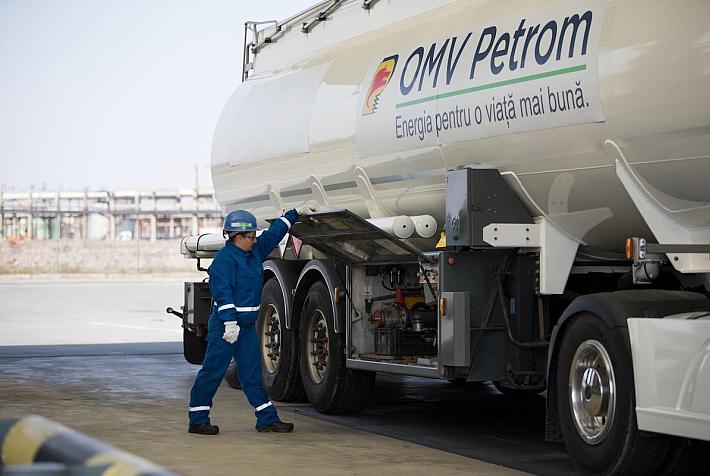(P) Lower your taxes, reevaluate your property!

The end of fiscal year is coming and companies again focus on budget and cost management. Property valuation is important for having a clear understanding of the current market value and also for reducing cost with the property tax expenses. “The reevaluation of your patrimony should be one of your first priorities when it comes to finding out the real value of your fixed assets and bring into the books their fair market value. It is important to make the distinction between market value and the accounting value of properties." - Laura Morun, Valuer
Valuation change the carrying value based on some prescribed criteria. There are different reasons like company heritage assessment or assessment criteria like market value, liquidation value, fair value that give the rice to asset valuation.
Whatever the basis of assessing the valuation of an asset at any time, whether it be the fair-value determined from market-based information or some other criterion, it is essentially the net realizable value for the given circumstances. It is this value that represents the new carrying value following the application of a revaluation transaction. Multiple revaluations may be required during the life of an asset and this need to be stored as separate, distinct events.
If a company wants to sell one of its assets it must expect a realistic price. In this case that specific asset is revalued in preparation for sales negotiations. A firm may also consider upward reevaluations to reveal its economic and financial situation to investors.
Asset revaluation allows companies to take into account changes in the fair value of some assets when determining their carrying amounts in financial statements as a direct effect of markets’ changing prices.
There are cases in which companies can require the reevaluation of the buildings they own, which would help pay lower building taxes. After revaluation, the tax on buildings is calculated based on the minimum rate and the current market value, which reached the lowest rate in the last two years.
The difference which may appear between what you can save and what you are currently paying, depends on the value recorded into books when buildings were purchased and the value supplied by the reevaluation. Thus, if a reassessment is required now when the market value of buildings has fallen compared to previous years, the tax rate will be between 0.25% -1.5% of actual value resulted from evaluation, so legal persons will pay less. According the low for the buildings that are not reevaluated every three years the Local Council could increase taxes between 5 to 10% from inventory value. For this matter we suggest reassessing your assets sooner than once every three years.
Nowadays it is common for companies to revalue their fixed assets for various reasons. We mention some of these:
- To show the current market value of assets that has changed in the last period of time, since their purchase
- To receive the fair market value of assets, in case of sale and leaseback transactions
- Sale of an individual asset or group of assets
- To negotiate fair price for the assets of the company before a merger with/ acquisition by another company
- To preserve adequate funds in the business for the replacement of fixed assets at the end of their life cycle. The provision for depreciation based on historical cost will show inflated profits thus leading to payment of excessive dividends
- To enable proper internal / external reconstruction.
The fair value of a particular asset is usually determined by a thorough analysis issued by qualified professionals with expertise in that specific area, members of a professional association recognized on both national and international level. The Romanian authority who confirms the expertise of any valuer is The National Association of Romanian Valuers (ro: ANEVAR).
For more information about existing opportunities on the real estate market please contact Laura Morun at +4021 230 7777 or by email at laura.morun@gvaasco.com. More on their website.
(P) – this article in an advertorial











